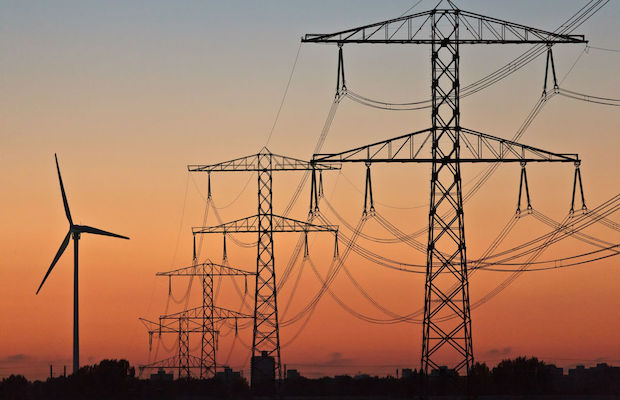Retiring old Thermal Plants the 1st Hurdle in Reducing Discoms Debts: IEEFA

A new report by IEEFA proposes recommendations to reduce financial and operational inefficiencies across India’s power distribution sector, which as of May 2020 had accumulated massive overdue payment liabilities of Rs 116,340 crore to generation companies while already carrying total outstanding debt of Rs 478,000 crore (in FY2018/19). The report authored by Vibhuti Garg and Kashish Shah at IEEFA, recommends, among other strategies, that Discoms need to work with state governments to retire their old inefficient and expensive thermal power plants as a key pathway to reducing their average cost of power procurement and debts.
“We suggest state-based discoms sit down with state generation utilities and review what old thermal power plants they can retire, given the state of surplus capacity,” said Garg. “Many thermal power stations are old and operating at well under half their capacity, yet the states are bound by contracts to continue to pay hefty capacity charges.”
“We understand that retiring power plants won’t be easy as the proponents will want to make money for the life of the contract period. But in order to move forward and start to reduce the massive discom debt while enabling the states and the nation as a whole to transition to a cleaner, cheaper energy economy, the states will have to jump this hurdle,” Garg added.
The report suggests that by taking steps to retire end-of-life, expensive legacy thermal power contracts, states will reduce their loses and be in more of a position to contract cleaner cheaper renewable power and invest in new technologies to further reduce losses such as smart meters.
While there is no silver bullet to improve discoms’ financial sustainability and viability, the report analyses three state-based case studies with respective recommendations on Maharashtra, Rajasthan, and Madhya Pradesh, while also focusing on actions the Government of India can make now to reduce the discom’s financial burden, including:
- Resolving legacy contracts issues and closing inefficient plants will result in significant savings from fixed charge payments while reducing pollution and carbon footprints.
- Reducing cross-subsidies to decrease the burden on C&I customers and increase healthy competition while allowing for the implementation of Direct Benefit Transfers (DBTs), solar irrigation pumps, and the adoption of policies favouring the uptake of solar rooftop systems.
- Reducing unsustainably high AT&C losses through digitalisation including progressively installing smart and prepaid meters will help discoms manage their load better while reducing metering and billing losses and theft.
- Revising tariffs annually
- Increasing private competition will encourage generators, distributors, and electricity supply companies to develop technologies to increase efficiency, lower costs, and make supply more reliable. Privatisation of some profitable regional franchises could provide a capital infusion to reduce the state Discoms footprint and debt levels while putting more focus on resolving the long tail of the most heavily loss-making regions.
- Moving to a National Pool Market will optimise generation nationally as the best return from the huge investment in the national generation fleet, while progressively squeezing out the highest cost suppliers and incentivising the entry of new low-cost generation (at tariffs less than half of some of the legal thermal generators).
- Implementing a new tariff structure, with indexation for renewable energy tariffs with developers bidding for levelised tariffs, will allow inflation indexation over the length of the contract, lowering solar and wind tariffs in the first 5 years of operation by 10-20 percent, and accelerating uptake and thereby displacing expensive and obsolete thermal capacity.
“There is no point in bailing out state Discoms again and again without locking in a systemic improvement,” said Shah. “Absent a sustained resolution of the Discom sector losses, India’s overall power sector reform will be stilted and ineffective.”
“New private competition can bring new capital and more innovation,” added Garg. “The central government should also prioritise a green stimulus to recover the economic growth smothered by COVID-19. Such growth coupled with the reform measures proposed could help to extract the distribution companies from their current predicament.”
Source: saurenergy.com




